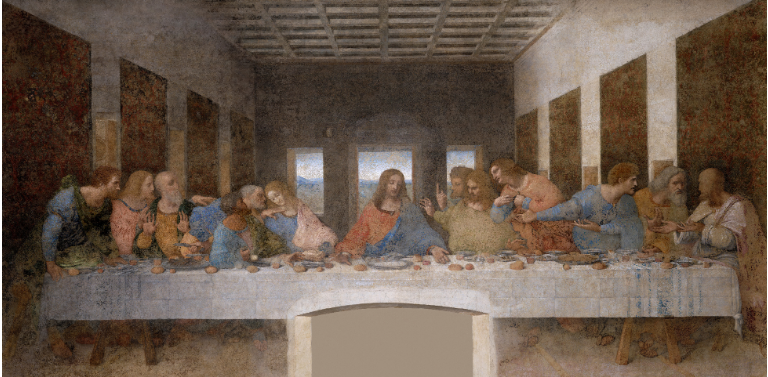The Female Body in Tomb Raider
- Kiara Aggarwal
- Aug 1
- 3 min read
By Simran Shoker

The video game landscape is not politically neutral. Like other narrative forms of media, it
formulates dialogue of various norms, values and practices fostered by the culture they belong to.
For instance, action video games focus on one or more characters that actively attempt to alter the states of their story world. Although game developers may create a game with an intentional political purpose in mind, they can also rely on ready-made conceptions of gender, which may be beyond their awareness. Tomb Raider’s Lara Croft holds an iconic level of empowerment atypical for female characters. However, the strength of that is brought into question when she is still required to submit to the patriarchy, which is apparent in the franchise’s reboot released in 2013.
The action-adventure Tomb Raider reboot formulates underlying patriarchy that is implicit,
whilst also creating positive empowerment that transitions from the sexualised model of Lara Croft in the original games. After the franchise’s reboot, the fetishism was toned down, although, much of the plot of the game still focuses on the pressures exerted on Lara’s body, with audio cues such as breathy gasps and cries of pain as she runs around the game world, and close-quarters camera zooms that follow her through tight rocky crevices. The game highlights the changes to her body as well through its progression, such as torn clothes, dirt, and blood on her face, exposed bruises, cuts and scars. Lara is the only character that has drastic bodily appearances compared to the other characters, despite the limited texture and graphics capacity
of the 2013 game engine.
The focus on the feminine body parallels the female body’s constant center placement in the contemporary discourse. With a bloodied screen and emphasis to use healing resources when she is dealt damage, the game mechanics add to the idea of Lara being weak and helpless. Another prominent aspect of the game are the violent death scenes, specific animations that occur when
Lara dies. These death cutscenes that make the player watch her body get speared, stabbed and shot with a screen that fades to grey differs greatly in tone compared to the male characters that experience quick and less graphic deaths. This not just feeds into the stereotypical portrayal of women, but also harbours broader implications into the game’s playability, limiting access for those who cannot handle or may be triggered by highly graphic violence.
It is also possible to read Lara as being an exception. She is still narratively the protagonist who saves her friends and defeats the villain, and she is also a mechanism by which the other women on the island survive. As she advances through the game space amid an island of men who make various attempts at destroying her feminine body, she deconstructs her own identity and breaks through the notion of one exceptional woman surviving against all odds with instead conveying that more than one woman can survive the island and its many horrors.
The game narratively offers various key moments where Lara regains body autonomy from the male forces trying to control it, such as cauterizing her own wound in the back of a wrecked plane, and most notably rebelling against father-figure Conrad Roth. Lara wrestles control from the male forces that dominate the game world, and the scene with Roth especially is the first time she exercises her own will. Her act of rebellion may also resonate with modern gamers and reinforce the idea of free will. In terms of Lara’s chronic pain through the course of the game, rather than succumbing to the pain, cauterizing the wound was a defensive first step that further emphasises her will to survive. In this case, whilst the game’s mechanics and implicit patriarchy reinforces traditional feminine ideals, the narrative highlights Lara’s bodily autonomy and relentless progression through the male-dominated island, bringing forth feminine ideals that
continue on into the games’ sequels, and align more with our current generation and society.



Comments